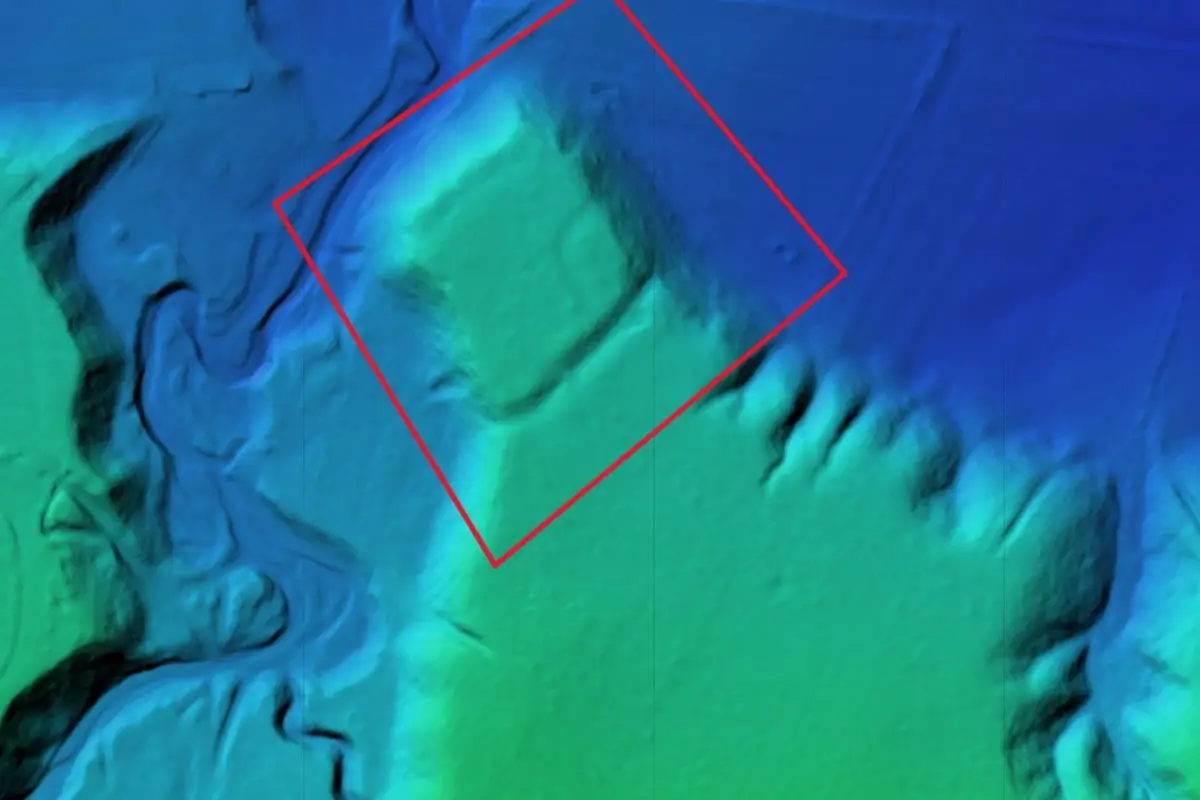Archaeologists using LiDAR have discovered 5,000-year-old fortified settlements in Romania’s Neamț County.
Light Detection and Ranging (LiDAR), is a method of remote sensing using light in the form of a pulsed laser to measure ranges (variable distances) to the Earth. The differences in the laser return times and wavelengths can be used to compile a 3-D digital map of the landscape.
The study is a joint collaboration between Geocad Services, Geo Edu Lab, and the National Institute for Research and Development for Earth Physics.
According to a joint press statement, LiDAR mounted to drones revealed the settlements in the dense forests near Târgu Neamț in Romania’s Neamț County.
Fortified settlements dating back approximately 5,000 years were discovered, originating from the Eneolithic period (the transition between the Neolithic and Bronze Age) and the Bronze Age.
Professor Vasile Diaconu from the Neamț National Museum Complex, said: “LiDAR scans showed that most of the fortified sites were located in high areas, which had good visibility and were reinforced by ditches and even earthen mounds in order to increase their defensive capacity.”
“Field measurements indicated that some of these ditches had impressive dimensions with lengths of several hundred metres, which required considerable human effort in the construction,” added Professor Diaconu.
The study also utilised the same non-invasive technology to examine Neamț Citadel, a medieval fortress constructed in the 14th century during the reign of Petru I of Moldavia. The collected data contributes both to the promotion of tourism by enhancing the historical significance and to the documentation of the monument with new archaeological insights.
Header Image Credit : Geocad Services
Sources : Geocad Services







